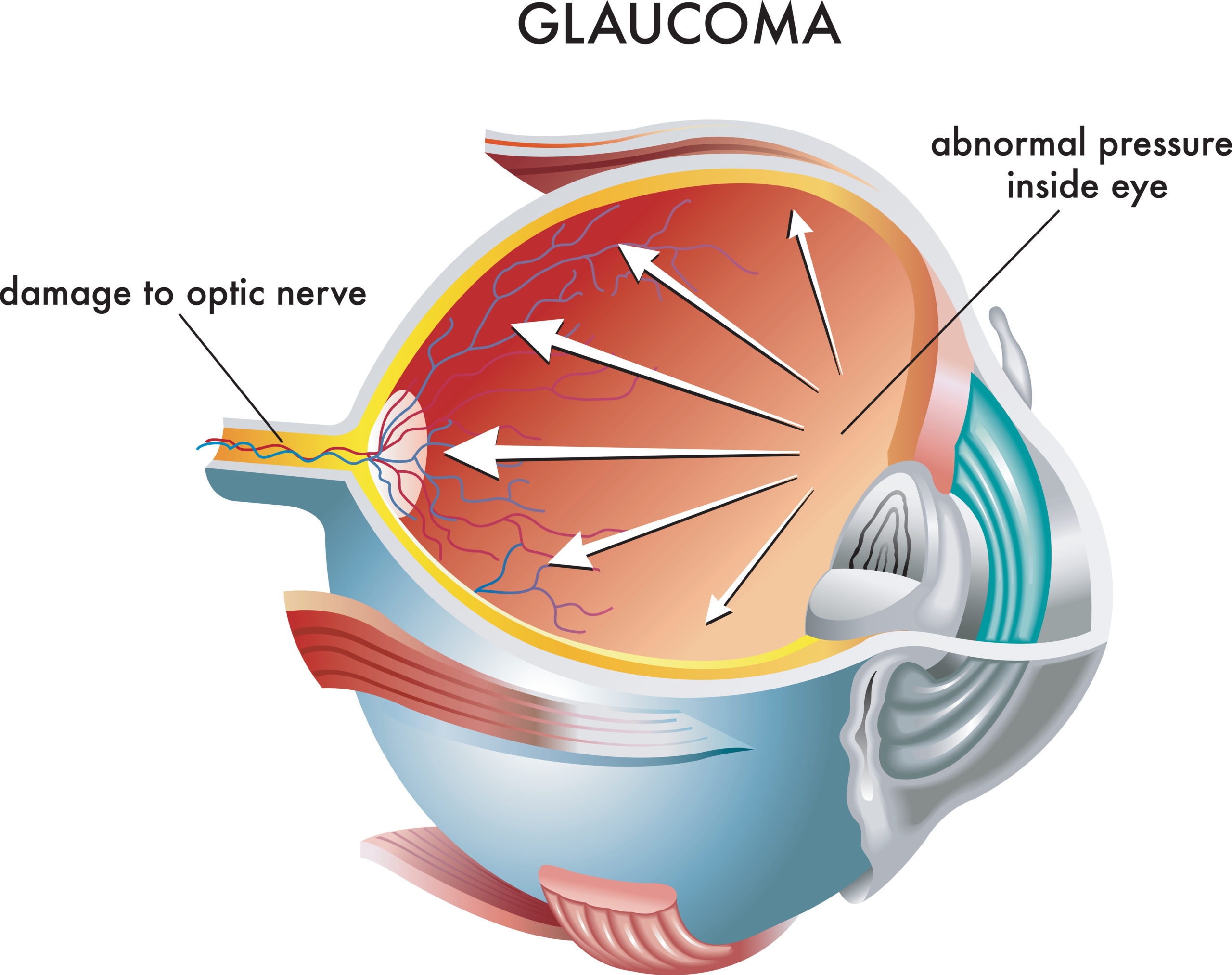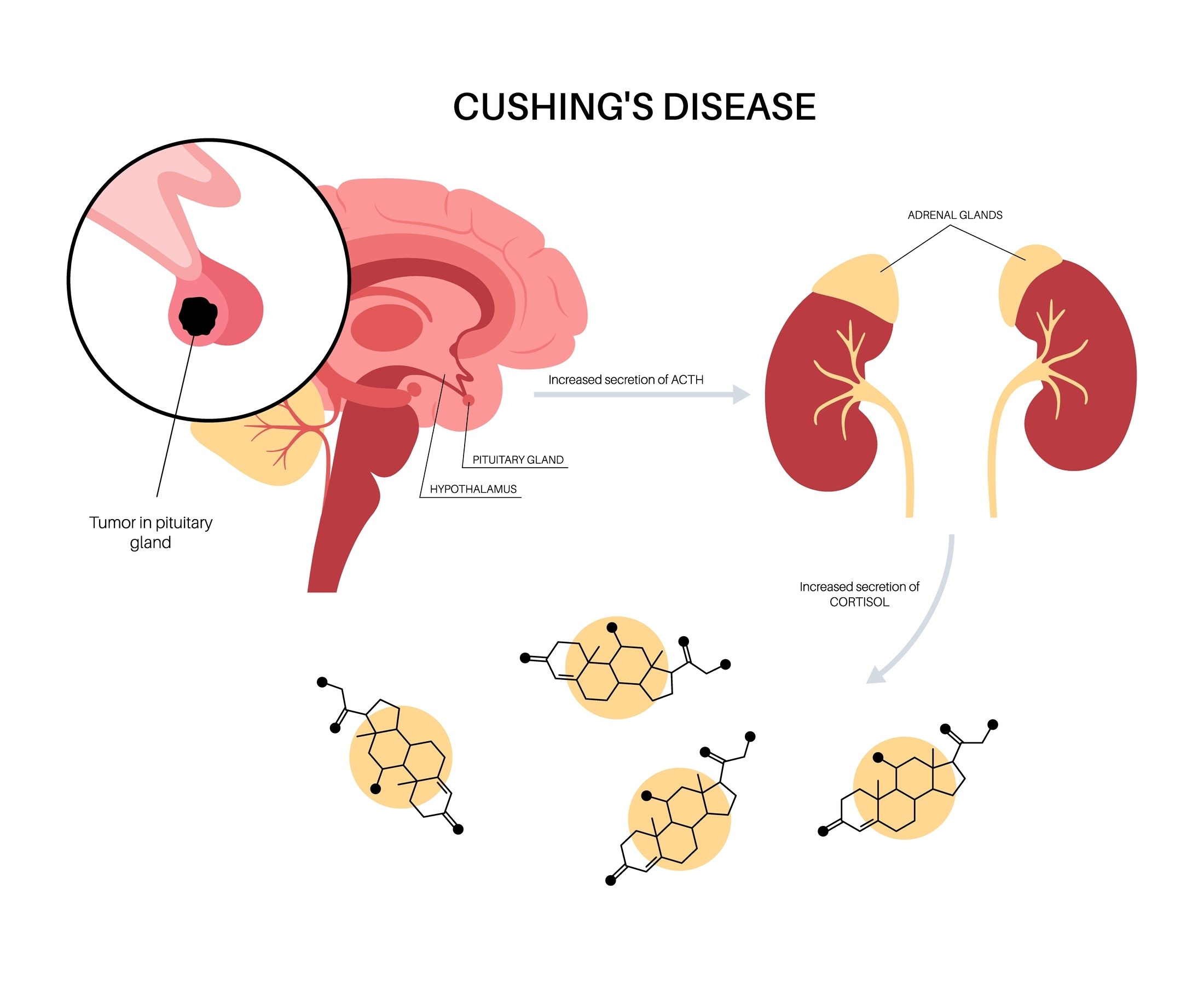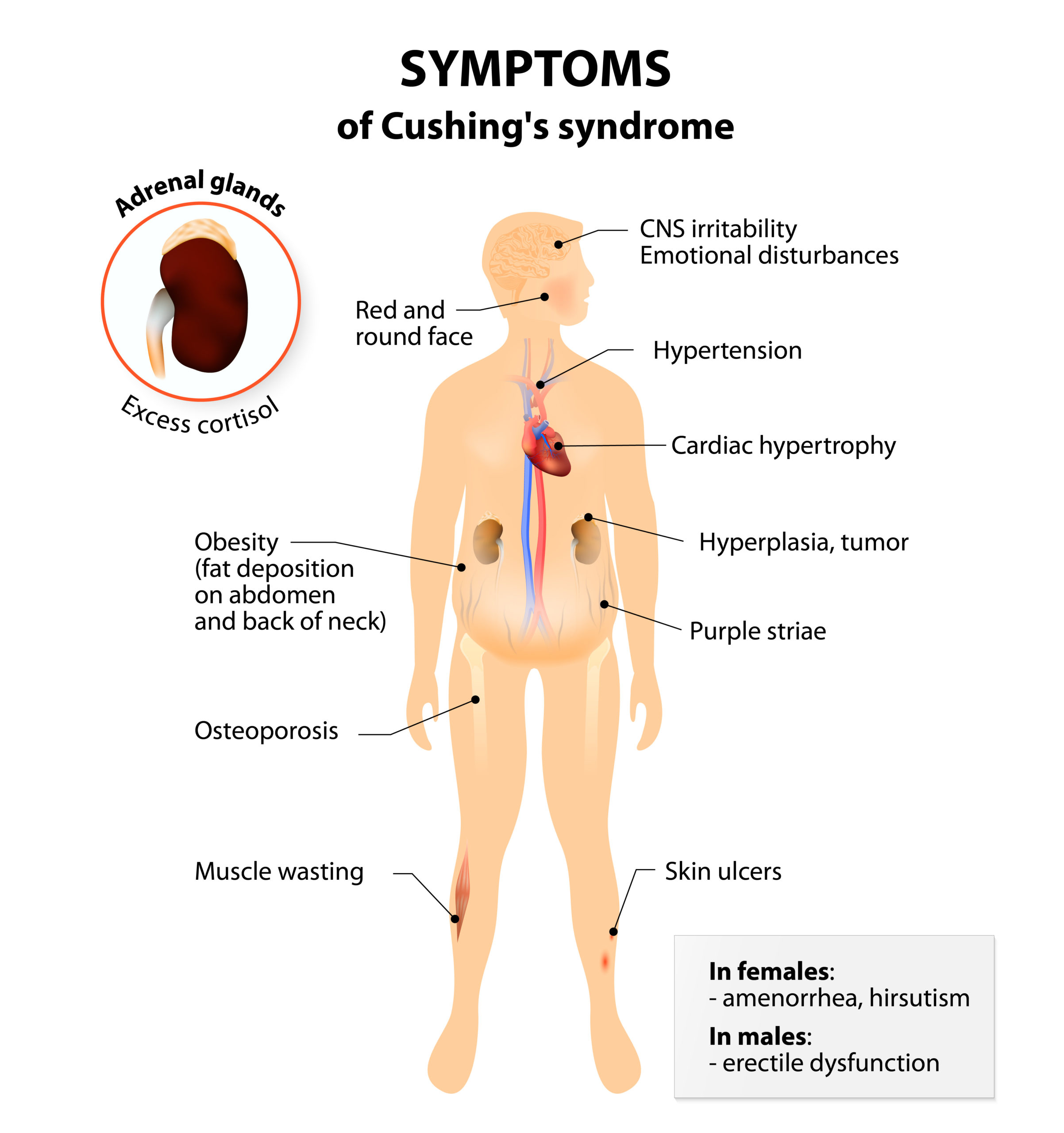
In a study published in the Journal of Glaucoma, researchers evaluated the incidence of ocular hypertension in patients with endogenous Cushing disease (CD) and ophthalmological outcomes after a surgical resection leading to endocrine remission. According to the study’s lead author, Ma Yichen, patients with Cushing disease were associated with an increased risk of ocular hypertension.
The study enrolled 54 patients with CD with a mean age of 38.4 ± 12.4 years who were admitted to a tertiary pituitary center for surgery between January and July 2019. The participants were evaluated for intraocular pressure (IOP), visual field, and peripapillary retinal nerve fiber layer thickness. Patients with acromegaly or nonfunctioning pituitary adenoma (NFPA) in the same period were used as controls.
The researchers reported that mean IOP was elevated in the eyes of patients with CD (left, 19.4 ± 5.4 mmHg; right, 20.0 ± 7.1 mmHg) compared with patients with acromegaly (left, 17.5 ± 2.3 mmHg; right, 18.6 ± 7.0 mmHg; P=.033) and patients with NFPA (left, 17.8 ± 2.6 mmHg; right 17.4±2.4 mmHg; P=.005). Overall, 21 eyes (20.2%) in patients with Cushing disease were diagnosed with ocular hypertension, while only 4 eyes each in the acromegaly (4.7%) and NFPA (4.5%) groups were.
The CD group was more likely to develop ocular hypertension compared with the acromegaly (odds ratio [OR], 5.1; 95% CI, 1.3-25.1; P=.029) and NFPA (OR, 6.6; 95% CI, 1.8-30.3; P=.007) groups. In addition, the researchers found that patients with Cushing disease with higher urine-free cortisol were more likely to develop ocular hypertension (OR, 19.4; 95% CI, 1.7-72.6). At 1 month after surgery, patients’ IOP was decreased, and the decrease was maintained over 3 months.
Ultimately, the authors identified an increased risk of ocular hypertension in patients with Cushing disease and suggested that “endogenous hypercortisolemia should be considered as part of the glaucoma assessment.” They further called for ophthalmologists and neuroendocrinologists to pay attention to this finding.







 © 2025 Mashup Media, LLC, a Formedics Property. All Rights Reserved.
© 2025 Mashup Media, LLC, a Formedics Property. All Rights Reserved.